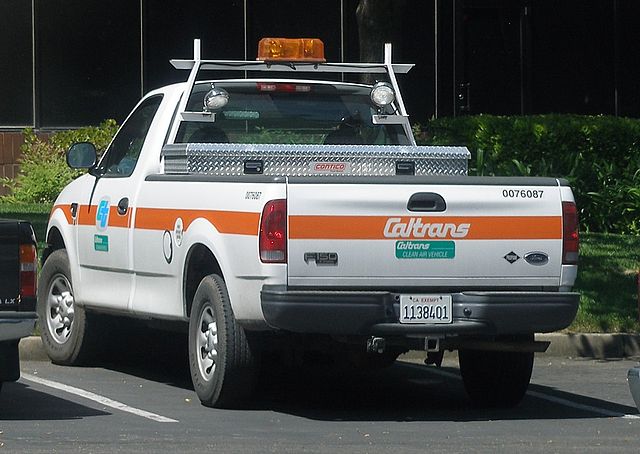The Burbank-based Walt Disney Co. Wednesday reported nearly $19.25 billion in revenues for the second quarter that ended April 2, a 23% jump from the same quarter a year ago, along with strong growth in subscriptions to the Disney+ streaming service.
The revenue figure for the quarter included a $1 billion reduction the company attributed to early termination of some film and television licensing agreements so the content can be shared “primarily on our direct-to-consumer series.”
The revenue translated to adjusted earnings per share of $1.08.
The highlight of the earnings report was the surge in Disney+ subscriptions, which grew by 7.9 million during the quarter, in stark contrast to the recently reported drop in subscription numbers for streaming giant Netflix.
“Our strong results in the second quarter, including fantastic performance at our domestic parks and continued growth of our streaming services — with 7.9 million Disney+ subscribers added in the quarter and total subscriptions across all our DTC (direct-to-consumer) offerings exceeding 205 million — once again proved that we are in a league of our own,” Bob Chapek, CEO of The Walt Disney Co., said in a statement.
“As we look ahead to Disney’s second century, I am confident we will continue to transform entertainment by combining extraordinary storytelling with innovative technology to create an even larger, more connected and magical Disney universe for families and fans around the world.”
According to the company, the total number of Disney+ subscribers globally is 137.7 million.
Revenues for the Disney Parks, Experiences and Products sector more than doubled compared to the same quarter a year ago, reaching more than $6.6 billion. The company credited increased attendance at its parks, along with more guest spending, for driving up revenue. The increase was also attributed in part to the introduction of Genie+ and Lightning Lane features purchased by Disney park guests.
The company noted that Disneyland resort in Anaheim was closed for the entire second quarter of last year, while Walt Disney World resort in Florida was operating at reduced capacity.







